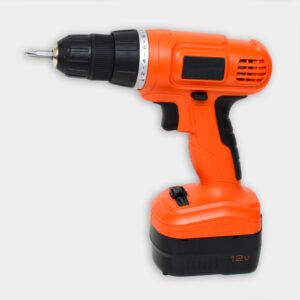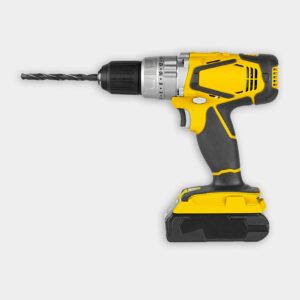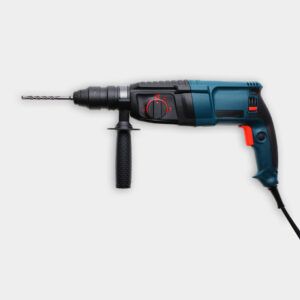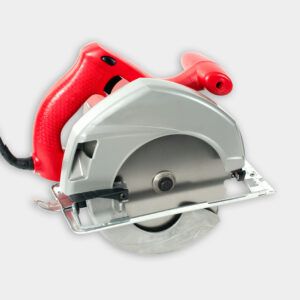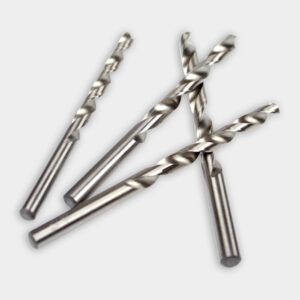We may be compensated if you purchase through links on our website. Our Reviews Team is committed to delivering honest, objective, and independent reviews on home products and services.
Project details
Skill
Cost
Estimated Time
The joint between your deck and your house is a crucial feature to get right. Failing to properly secure the deck can lead to water intrusion into your home — or even collapse. This video and guide will walk you through attaching a deck to your house, highlighting the proper techniques and safety measures with This Old House general contractor Tom Silva.
Preparing for Deck Attachment
Before attaching the deck, thoroughly inspect the area where it will connect to the house. Check for any signs of rot or damage in the existing structure. An inspection can also reveal hidden issues, such as structural weaknesses or water damage, that might jeopardize your deck’s stability. Addressing these issues beforehand helps your deck remain secure.
Confirm the house’s framing can support the additional load of the deck. If you’re unsure, a structural engineer should be able to help.
Finally, identify the location of the house’s sill plate, as this is where you’ll attach the ledger board.
Tools You’ll Need
You’ll only need a few basic carpentry tools for this job.
Installing Proper Flashing for a Deck
Waterproof flashing is vitally important for preventing moisture damage. This is typically metal sheeting that will sit between the deck and house. Here’s how to install it:
- Remove any existing siding in the attachment area.
- Apply a layer of flexible adhesive-backed flashing over the sheathing.
- Install a second layer of flashing as counterflashing for added protection.
If You’re Installing a New Deck
If your new deck will be replacing a set of outdoor stairs, remove the old flashing from behind the ledger board and inspect plywood sheathing for rot. If necessary, patch the sheathing before continuing. Then:
- Fasten metal L-brackets to the end of the rim joists with hanger screws. Set the ends of the rim joists against the house and screw the L-brackets into the sheathing. If necessary, create spacers by attaching pieces of decking to the top side of the frame that goes against the house.
- Install the ledger between the rim joists and fasten it to the house with 3-inch decking screws.
- Use an impact wrench to drive 1/2-inch-diameter galvanized lag screws with washers through the ledger and into the sill of the house.
If You’re Reattaching an Existing Deck
Reattaching an existing deck can be a little more involved. You’ll want to make sure everything is restored to proper alignment.
- Temporarily brace the deck against the house with 2-by-4-foot stakes and 2-by-6-foot diagonal braces. If necessary, raise the deck to its original height by temporarily installing 2-by-6-foot support posts beneath the deck. Tap the posts into place with a sledgehammer.
- Drill a 1/2-inch-diameter screw-shank clearance hole through the ledger board but not into the sill plate. Position the hole 3 inches below the upper edge of the ledger and at a slightly upward angle.
- Place a 1/2-inch by 10-inch galvanized lag screw with a washer into the hole, then use an impact wrench to drive the screw into the sill plate. Repeat to install one lag screw in each joist bay.
- If there’s a gap between the ledger and the house foundation, use filler pieces of pressure-treated wood to fit snugly into the space. The filler pieces will prevent the ledger from splitting when it’s bolted into the foundation.
- Use a hammer drill fitted with a 1/2-inch-diameter masonry bit to bore holes through the ledger, in through the filler pieces, and into the foundation; then use a hammer to tap 1/2-inch by 10-inch masonry wedge anchors into the holes.
- Tighten the hex nut on the wedge anchor with the impact wrench. Continue to install masonry anchors, spacing them 36 to 48 inches apart.
- If the existing joist hangers are undersized or corroded, reinforce each one with an engineered lumber joist hanger. Slip the engineered lumber joist hanger over the existing hanger and secure it with galvanized hanger nails.
Addressing Common Attachment Issues
Identifying and resolving attachment issues early can save you from costly repairs down the line.
Gaps Between Ledger and Foundation
If you encounter a gap between the ledger board and the house foundation, cut pressure-treated wood filler pieces to fit snugly in the space. Install the filler pieces before securing the ledger to prevent splitting. Use longer masonry anchors to accommodate the additional thickness.
Filling these gaps appropriately helps the ledger board stay securely fastened, creating a stable connection between your home and the deck.
Undersized or Corroded Joist Hangers
Inspect all existing hangers for signs of corrosion or improper sizing. Replace any damaged or undersized hangers with new, appropriately sized ones. Consider using engineered lumber joist hangers for added strength and durability.
Inadequate or damaged hangers can compromise the entire structure, so addressing these issues promptly is recommended.
Long-Term Deck Stability
To maintain your deck’s stability over time:
- Conduct regular inspections of the attachment points and fasteners.
- Check for signs of water damage or rot, especially around the ledger board.
- Tighten any loose bolts or screws as needed.
- Reapply waterproof sealant to exposed wood surfaces every few years.
Routine maintenance is imperative for the long-term stability and safety of your deck.
Our Conclusion
Attaching a deck to your house requires careful planning and execution. Using proper materials, following correct installation techniques, and regularly maintaining the structure can create a secure and enjoyable outdoor living space that will last.
Conduct regular inspections of the attachment points and fasteners, and check for signs of water damage or rot, especially around the ledger board. Tighten any loose bolts or screws as needed, and reapply waterproof sealant to exposed wood surfaces every few years.
